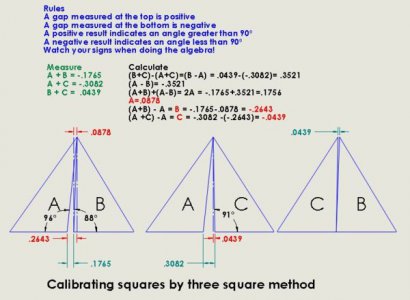- Joined
- Jan 28, 2016
- Messages
- 253
Well, here is the best deal I can find (checked Epsteins):
http://www.drillspot.com/products/2426403/PEC_7000-S4_7000-S4_Solid_Square_Set_-_Pec
What do you guys think? Get'em? They are supposed to be .0006......
http://www.drillspot.com/products/2426403/PEC_7000-S4_7000-S4_Solid_Square_Set_-_Pec
What do you guys think? Get'em? They are supposed to be .0006......


